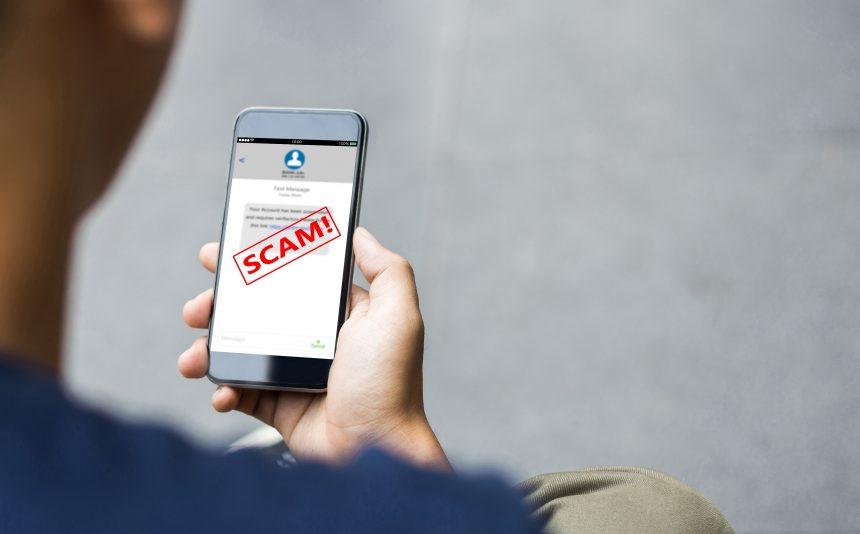In the vast landscape of cyberspace, threats lurk around every corner, preying on unsuspecting individuals. Among these dangers, the “I Managed To Install A Spyware” sextortion scam stands out as a particularly insidious scheme, leveraging fear and intimidation to extort money from victims. This comprehensive guide aims to shed light on this malicious tactic, exploring its modus operandi, potential ramifications, detection methods, and, most importantly, providing a detailed removal guide and preventive measures to safeguard against future attacks.
Understanding the Threat
The “I Managed To Install A Spyware” scam operates on a foundation of deception and psychological manipulation. It typically begins with the victim receiving an alarming email claiming that the sender has installed spyware on their device, purportedly capturing compromising footage through the device’s webcam. The scammer threatens to release this supposed footage unless a ransom, often in the form of Bitcoin, is paid promptly.
Actions and Consequences
Victims of this scam are subjected to a barrage of threats, ranging from public humiliation to potential professional and personal repercussions. The fear of exposure can lead individuals to comply with the scammer’s demands out of desperation to protect their reputation and privacy. However, it’s essential to recognize that these threats are baseless and the claims of spyware installation are fabricated to coerce victims into paying the ransom.
Detection and Similar Threats
Identifying the “I Managed To Install A Spyware” scam can be challenging due to its deceptive nature. However, common indicators include receiving unsolicited emails containing threatening language and demands for payment. Additionally, variants of this scam may surface under different guises, such as fake law enforcement notifications or claims of compromising personal information. Detection names for associated malware may include Trojan-Spy.Win32 or Trojan.GenericKD.
Removal Guide
If you suspect that your device has been targeted by the “I Managed To Install A Spyware” scam, follow these steps to remove any potential threats:
- Disconnect from the Internet: Immediately disconnect your device from the internet to prevent further communication with the scammer or potential transmission of sensitive data.
- Perform a Full Antivirus Scan: Use reputable antivirus software to conduct a thorough scan of your system. Ensure that the software’s virus definitions are up to date to detect and remove any malicious files or programs.
- Delete Suspicious Emails and Files: Remove any suspicious emails or attachments associated with the scam from your inbox. Be cautious when handling email attachments, especially if they are from unknown senders.
- Reset Browser Settings: Resetting your browser settings can help eliminate any unwanted extensions or changes made by the scammer. Clearing browser cache and cookies is also recommended.
- Update Security Measures: Keep your operating system, antivirus software, and other security applications updated to defend against future threats.
Preventive Measures
Preventing future infections requires a proactive approach to cybersecurity. Consider implementing the following best practices:
- Exercise Caution Online: Be wary of unsolicited emails, especially those containing threatening language or requests for personal information.
- Strengthen Passwords: Use strong, unique passwords for each of your accounts and enable two-factor authentication whenever possible.
- Educate Yourself: Stay informed about common cyber threats and scams to recognize potential dangers before they escalate.
- Cover Your Webcam: When not in use, physically cover your webcam to prevent unauthorized access and recording.
- Regularly Back Up Data: Maintain regular backups of your important files and data to mitigate the impact of potential ransomware attacks.
Conclusion
The “I Managed To Install A Spyware” sextortion scam preys on fear and uncertainty, but with vigilance and informed cybersecurity practices, individuals can protect themselves from falling victim to such schemes. By understanding the threat, promptly removing any potential malware, and implementing robust preventive measures, users can navigate the digital landscape with confidence, safeguarding their privacy and security against the ploys of cybercriminals.





